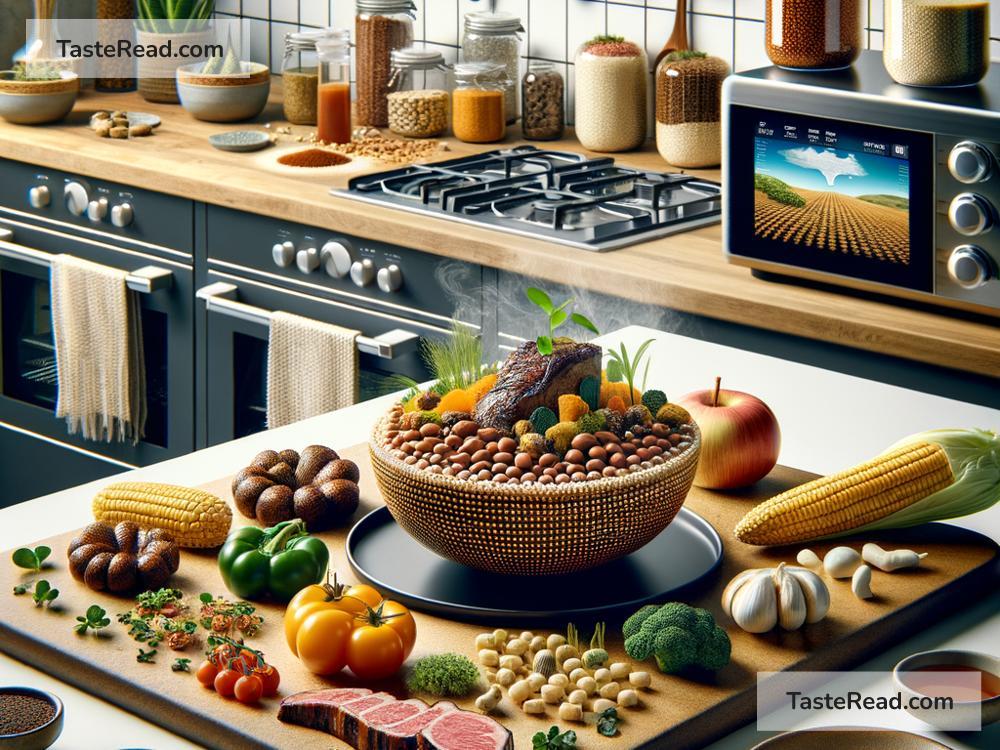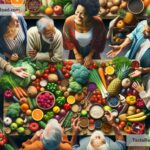The Future of Food and Cultural Heritage: A Delicious Journey Forward
Food is more than just something we eat. It’s a way for people to come together, share stories, and connect with their past. Every dish has history, culture, and meaning behind it. From Italian pizza to Indian curry, or Japanese sushi to Mexican tacos, food is a tie to our ancestors and the traditions they passed down. But in today’s fast-changing world, the way we eat—and the food itself—is changing rapidly. Climate change, technology, and globalization are reshaping the future of food. So, what does this mean for our cultural heritage?
In this blog, we explore what the future of food looks like and how we can balance those changes while preserving the rich traditions linked to food culture. Let’s dive in!
What is Changing in Our Food Today?
The future of food is full of exciting possibilities, but also some serious challenges. Here are the main factors driving change:
-
Technology and Innovation: Advances in technology are transforming the way food is grown and produced. For example, lab-grown meat is now being developed. Instead of raising animals for beef or chicken, scientists are creating “cultured meat” in labs. This could save resources and reduce the environmental impact of farming. Similarly, vertical farms, where food is grown indoors on stacked shelves, are becoming popular in cities. These farms use less water and land, which is important in a world where space is limited.
-
Climate Change: Rising temperatures, unpredictable weather, and droughts are threatening traditional farming methods. Crops that were once easy to grow may no longer survive in changing climates. Farmers are working hard to adapt, but sometimes the food we rely on might be harder to find.
-
Globalization: Because of trade and travel, food from different countries is now available all over the world. You can eat Thai food in New York, or Ethiopian food in Paris. This has opened the doors for people to experience new flavors, but it also means local cuisines sometimes lose their uniqueness.
-
Changing Habits: People’s eating habits are evolving. Younger generations are paying more attention to food’s impact on health and the planet. Plant-based diets are on the rise as people avoid meat to reduce carbon footprints. At the same time, convenience is key—fast food, meal delivery apps, and ready-made meals mean fewer people cook traditional dishes at home.
Preserving Cultural Heritage in Food
With so many changes happening, there is a risk of losing the cultural roots of food. Every bite tells a story. For example, in Italy, pasta is more than just noodles—it reflects centuries of craftsmanship passed from one region to another. In India, spices are not just ingredients; they are a symbol of trade, history, and art. If we look only toward the future, will these traditions be forgotten?
Here’s how we can protect our food heritage while embracing progress:
1. Celebrating Traditional Recipes:
Cooking and sharing traditional recipes are powerful ways to preserve cultural heritage. Families can pass these recipes down, like treasures, from one generation to the next. Communities can host festivals or workshops where people come together to cook and learn about their food traditions.
2. Sustainable Farming Practices:
Modern technology can help preserve crops tied to specific cultures. Ancient grains like quinoa, millet, or sorghum have rich cultural histories but often get overlooked in modern diets. Farmers and scientists can work together to protect these crops and make them part of the future food supply.
3. Teaching Food History in Schools:
Education is key to preserving food heritage. By teaching young people about the history and cultural importance of different foods, we ensure traditions stay alive. Students can learn where their food comes from and how it connects to their identity.
4. Balancing Convenience with Tradition:
Modern life is fast, and busy schedules mean fewer people spend time making meals from scratch. But technology can also help preserve food culture. For example, apps can teach people traditional cooking techniques, or even help small-scale farmers sell traditional ingredients to new markets.
The Future is Bright (and Tasty!)
The future of food is exciting, with endless possibilities. Imagine eating a plant-based burger that tastes exactly like a beef burger, or enjoying a salad made from crops grown on a vertical farm in the heart of a bustling city. Technology can make food more accessible and sustainable, and that’s great news.
But as we move forward, we must remember our roots. Food is about connection—it connects us to our families, our communities, and our ancestors. The recipes we cook, the spices we use, and the way we eat are all parts of our story.
As we tackle global challenges like climate change and hunger, it’s important to protect the cultural identity tied to food. Preserving heritage doesn’t mean rejecting innovation; it means blending the old with the new.
How You Can Be Part of the Future of Food
You might be wondering, “What can I do to make a difference?” It’s simpler than you might think:
- Try cooking traditional recipes from your culture or other cultures. Share them with your family and friends.
- Support local farmers and buy fresh, seasonal ingredients.
- Learn about the history of your favorite dishes. Where do they come from? Why are they special?
- Reduce food waste. Cultural heritage values respecting food and the effort that goes into producing it.
Food has the power to unite people across generations and across continents. As we look forward to a future filled with progress and innovation, we must also carry the flavors, stories, and traditions of our past. Together, we can ensure that both the future of food and the richness of cultural heritage stay alive—for us, and for generations to come.
So next time you sit down to eat, take a moment to savor not just the taste, but the history behind the food. After all, every bite is a piece of the story.


